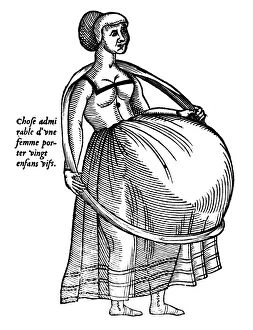Pare Collection
"Pare: A Journey Through Time and Artistry" Step back in time to the year 1649, where St. Alexis witnessed the birth of a remarkable creation by Claude Mellan
All Professionally Made to Order for Quick Shipping
"Pare: A Journey Through Time and Artistry" Step back in time to the year 1649, where St. Alexis witnessed the birth of a remarkable creation by Claude Mellan. This masterpiece, known as "Pare, " takes us on an artistic voyage exploring the life and achievements of Ambrose Pare. Ambrose Pare, a renowned French military surgeon from the 16th century, left an indelible mark on medical history. His innovative techniques revolutionized surgical practices and saved countless lives. As we delve deeper into his story, we encounter various depictions that pay homage to this extraordinary figure. In a stunning neo-Greco-style wall hanging dating back to circa 1900, Coryphees at a ball gracefully dance amidst intricate patterns reminiscent of Pare's meticulous precision. The engraving titled "On pare et l'on ajuste les moules" captures the essence of his craft—where molds are skillfully shaped and adjusted with utmost care. Moving forward in time, we stumble upon two captivating compositions from around 1641: "The Virgin and Child with Saint John" and "Virgin and Child with St. John the Baptist and St. Elizabeth. " These artworks not only showcase Pare's mastery but also highlight his deep devotion to spirituality. Etienne Delaune immortalizes Ambroise Pare in a striking portrait from 1582—a testament to his status as King's surgeon during that era. Fast-forwarding centuries later, Paul Feval pays tribute to this iconic figure through literature in 1868—an acknowledgment of Pare's lasting impact beyond medicine alone. Lastly, an intriguing portrayal emerges—a depiction of Ambrose Pare himself as seen through the lens of a nineteenth-century artist captivated by his legacy. This rendition serves as a reminder that even after centuries have passed since his time on earth; he continues inspiring generations with his groundbreaking contributions. "Pare" invites us into an enchanting world where art intertwines with history.
















































